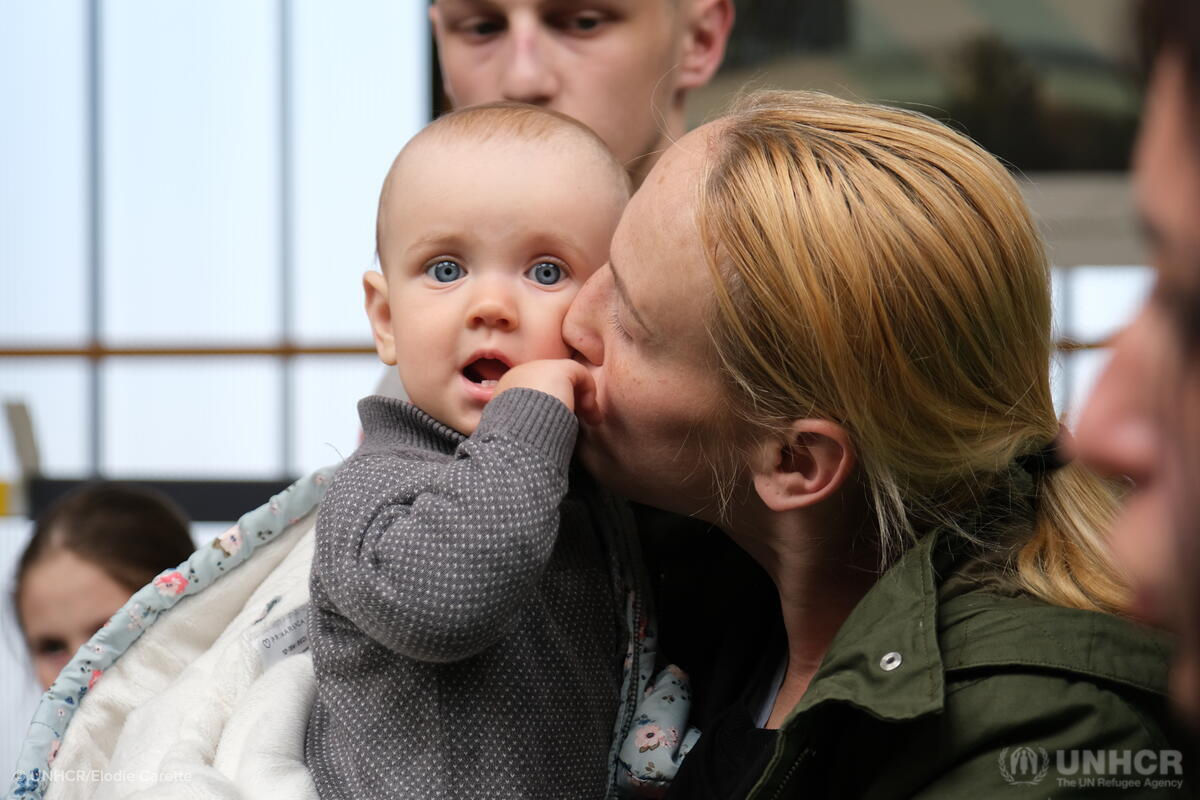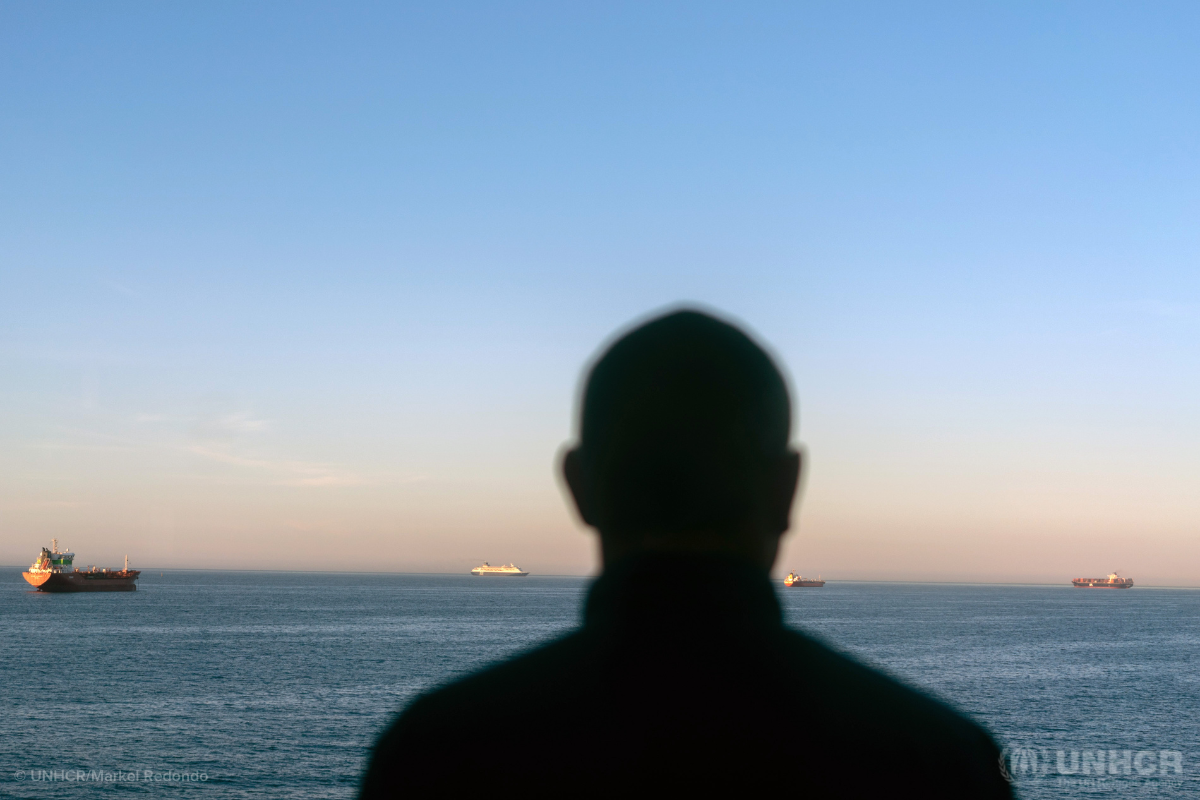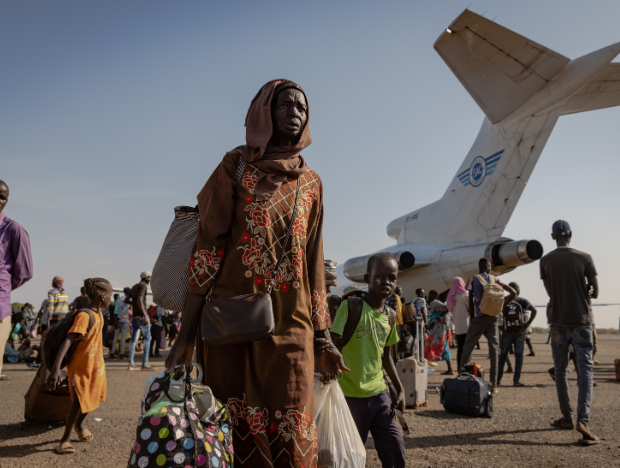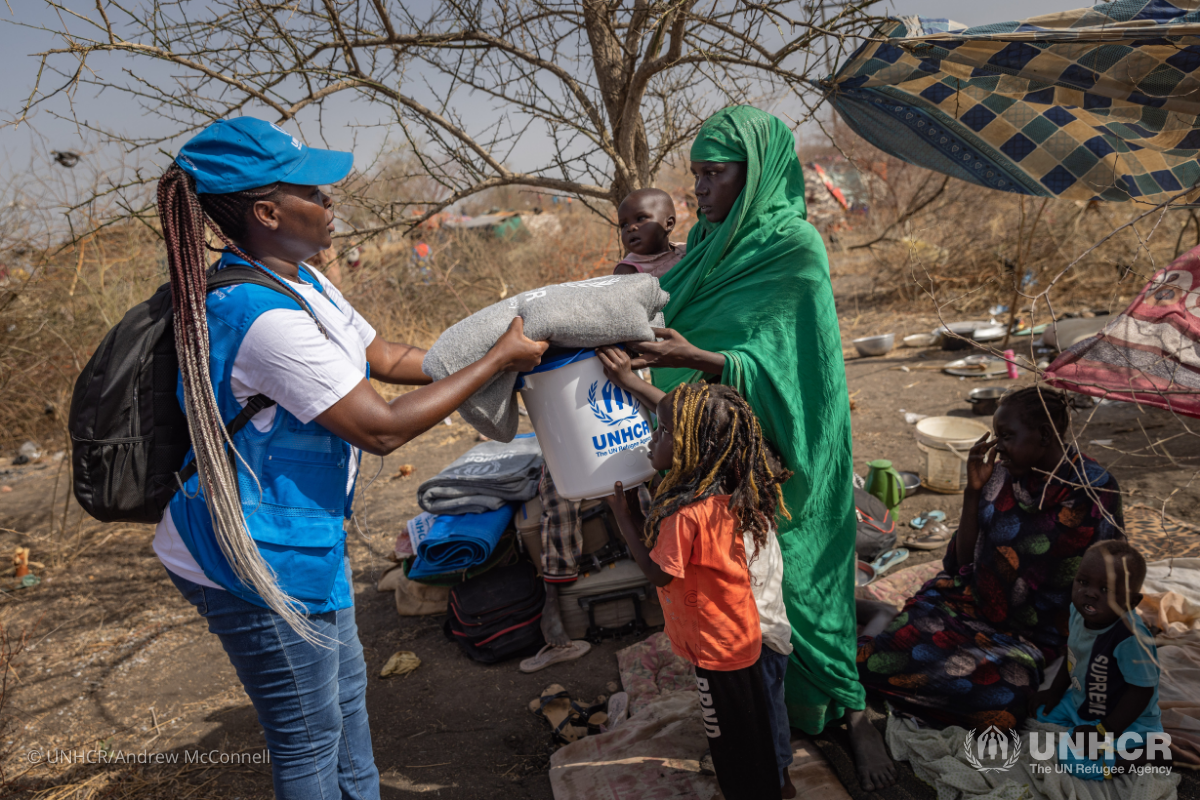What is the difference between a refugee and a migrant?
Millions of people have left their homes all around the world in search of a better future for themselves and for their families, sometimes risking their lives on dangerous journeys in search of a better life. The reasons people move can be complex. Some of these people are refugees and some are migrants — but mixing up these two terms can be problematic. So we’re breaking down what it means to be a refugee and what it means to be a migrant.
A refugee is someone who has been forced to flee their home country because of persecution, war or violence. A refugee has a well-founded fear of persecution for reasons of race, religion, nationality, political opinion or membership in a particular social group. Most likely, they cannot return home or their lives would be put at risk. Some of the leading causes of violence that force people to flee their countries are war and ethnic, tribal and religious violence.

Refugees are defined and protected under international law. The 1951 Refugee Convention and its 1967 Protocol as well as other legal texts, such as the 1969 OAU Refugee Convention, remain the cornerstone of modern refugee protection. The legal principles they enshrine have permeated into countless other international, regional, and national laws and practices. The 1951 Convention defines who is a refugee and outlines the basic rights which countries should afford to refugees. One of the most fundamental principles laid down in international law is that refugees should not be expelled or returned to situations where their life and freedom would be under threat.
There are over 100 million displaced* people in the world today — 27.1 million of them are refugees. Though refugees come from all different countries, the majority of refugees in the world today have fled from five main countries: Syria, Ukraine, Afghanistan, South Sudan and Myanmar.

Another kind of person who has left their home country is a migrant. A migrant is someone who chooses to move, not because of a direct threat of persecution or death, but mainly to improve their lives through work opportunities, education, family reunification or other reasons. Unlike refugees who cannot safely return home, migrants face no such impediment to return. If they choose to return home, they will continue to receive the protection of their government.
For individual governments, this distinction is important. Migrants are not protected under international law. Each country accepts migrants under their own immigration laws and processes.
How to help…
You can help USA for UNHCR protect and empower refugees, who have been forced to flee their homes because of persecution, war and violence by becoming a monthly donor. Your donation will help those who have left everything behind find safety and begin to rebuild their lives.
*A displaced person can be a refugee, an internally displaced person (IDP), an asylum-seeker or a person in a refugee-like situation who has been forced to flee their home. To learn more about the different kinds of displacement, visit https://www.unrefugees.org/refugee-facts/what-is-a-refugee/.


